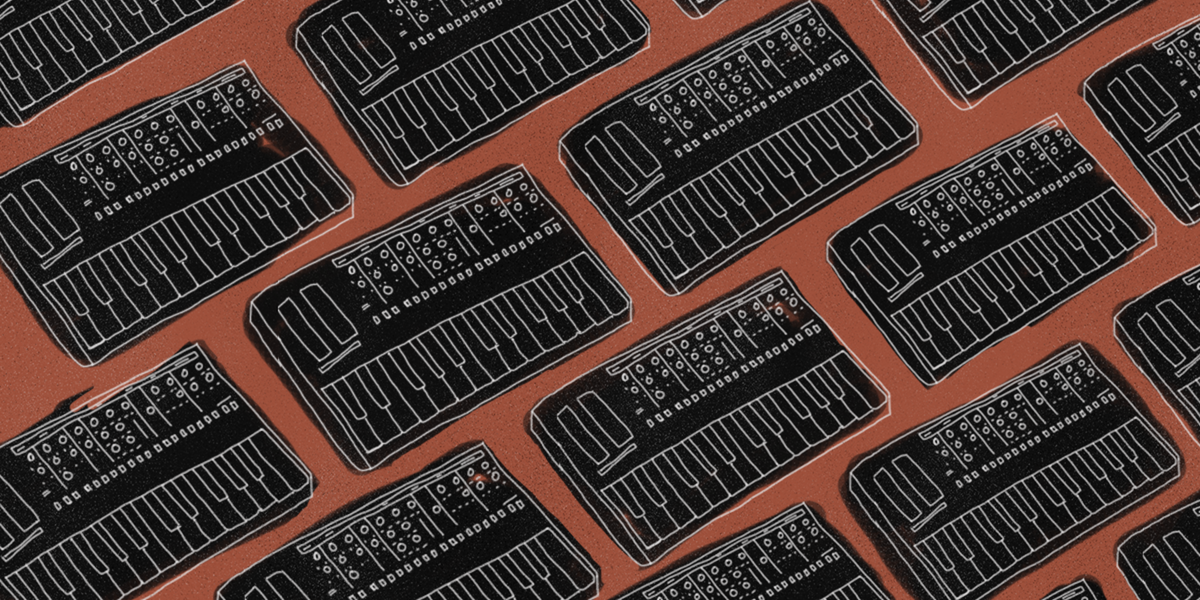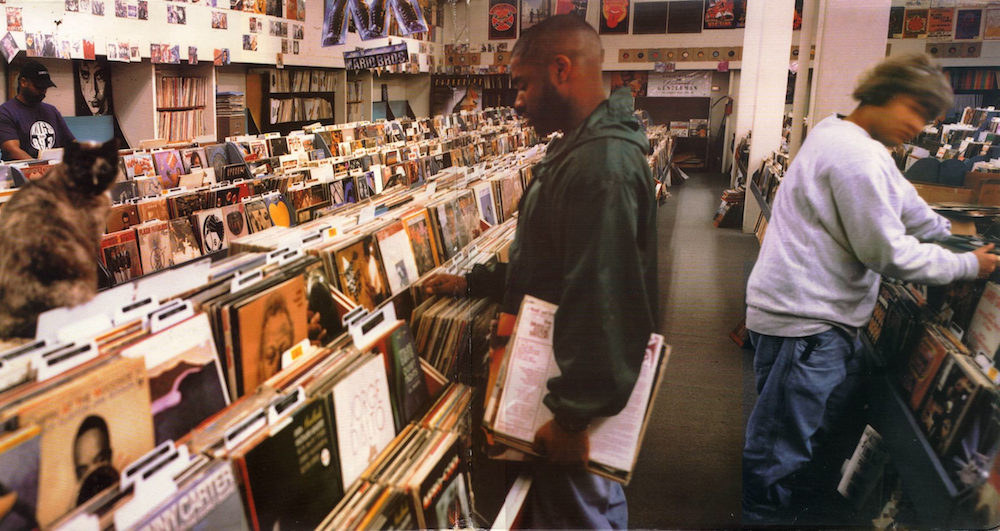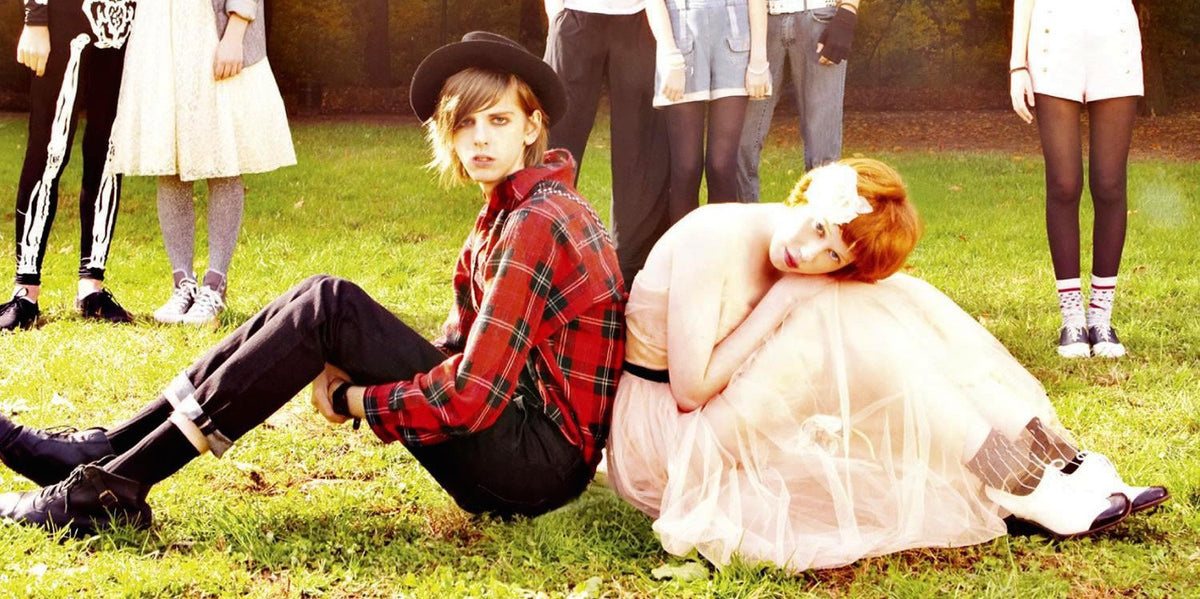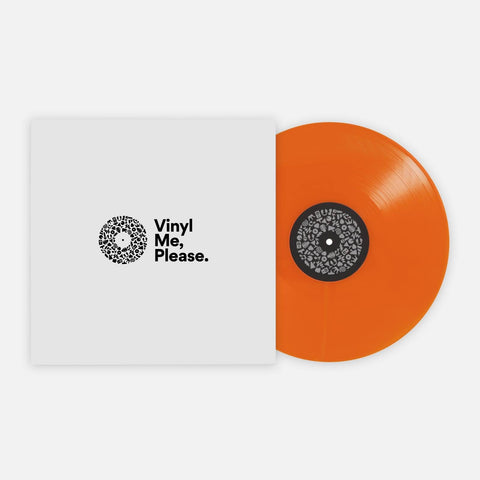A Guide To Finding Niche Electronic Genres
A Somewhat Personal Story Through Music
As humans, we like to put things into categories to find a point of reference for comparison with something we’re familiar with. This method, albeit human nature, can become confusing when the reference point is very general — especially in music exploration.
I grew up as a singer and drummer and the only “electronic” elements I was familiar with were very basic because I only had to worry about mics and speakers. As a kid of the internet, exploring music became more personal than ever — and I dug in. We had AOL, Instant Messenger, access to thousands of folders of music from strangers around the world via file sharing services like Kazaa, Soulseek, Audiogalaxy and then, Napster. It was on. I remember discovering someone’s music library who lived in the Dominican Republic when I was 18 sitting in the office chair at my mom’s house. I expanded the main folder for the electronic library and all of a sudden 30-something genres appeared. Names I’d never heard of. I downloaded and began listening and never stopped. We became penpals and shared so much music. I learned about artists and bands I’d never have access to growing up in San Diego. Music was globalized. The tipping point for multi-genre expansion and the emergence of niche musical subcultures exploded with this digital influx. Moving past tapes then CDs, digitized music became the new norm, and everyone caught on.
Where do you even start with “electronic” music?
In terms of popular electronic music, a lot of electronic music that has done well globally grew from niche cultural movements in Detroit, the home of techno, and the U.K., where trip hop was born. These musical moments continue to transcend decades as time capsules paying homage to the epoch they were created within.
While there are well over 30 styles of “electronic” music, four in particular have greatly impacted the outlook for many on what’s possible musically: trip hop, drum and bass, minimal house and U.K.-based experimental electronic sounds.
Trip Hop
Key artists: Massive Attack, Morcheeba, Portishead, Tricky, Zero 7
Trip hop is kind of what it sounds like, trippy hip-hop. Portishead really killed it in this genre when they came out with Dummy in 1994, lacing together Beth Gibbons’ haunting vocals with analog-sounding mid-tempo drum patterns and an unmistakable headnod. Massive Attack was another game-changer here and also from the U.K. You may know the Bristol-born production duo best known for their song “Dissolved Girl,” which appeared at the start of The Matrix movie.
Drum & Bass
Key artists: 4hero, DJ Marky, LTJ Bukem, Machinedrum, Roni Size
Drum and bass is full of energy and can fuel any mood. 4hero — a London-based duo consisting of Marc Mac and Dego — were early pioneers of this new drum and bass sound. They founded Reinforced Records in 1989 at the height of the rave scene, which attracted people like Goldie to the label who became a key A&R for the sound. U.K.-based producer Roni Size was my introduction to drum and bass. His New Forms album combined rap and a broken-yet-uptempo drummer’s sensibility. The double LP was a whole story. Size went on to form drum and bass collective Reprazent, and with it, created an entire D&B subculture. LTJ Bukem came along and made drum & bass more dreamy, adding in actual dream-like sounds and using his brand of electronic music to tell a more gentle story. During this time, in the late 1990s, we also saw a rise of the MC in drum and bass. Emcees were lyricists and live hype men; guys like MC Navigator, Dynamite MC and MC Conrad were rapping over 140 BPM tracks, way faster than hip-hop. DJ Marky came from Brazil holding it down for the southern hemisphere, while Machinedrum took a modern approach, adding soft, panning synths and trippy-yet-soulful vocals to a bouncy, minimal version of drum and bass (although some may classify Machinedrum in other genres because of his diverse production style).
Minimal House
Key artists: Floating Points, Glenn Astro, Henry Wu, Kyle Hall, Richie Hawtin
House music started in Chicago at Frankie Knuckles’ Warehouse parties on the Southside. House music mixed disco sounds with electronic music from Europe and soon split into many genres, among them, minimal house evolved — it was simple and stripped-down. Richie Hawtin, aka Plastik Man, was one of the first to put forth minimal house as a sound as he dipped into techno to weave light drums over ocean waves. Now we have a new generation of house producers like Detroit’s Kyle Hall, who takes a minimal, bass-heavy approach to stringing house bits together. Henry Wu is a personal favorite in the house department combining panning jazz keys with bouncy time signatures.
U.K. Electronic
Key artists: Bonobo, Bugz In The Attic, Burial, Cinematic Orchestra, Four Tet, Kode9
U.K. electronic is its own brand of electronic. Heavily influenced by jazz, hip-hop, Caribbean and dance music, many new sounds came out London in the early 1990s like broken beat, downtempo and dubstep. Born in west London, broken beat brought many technically trained jazz and nu-soul musicians together with experimental producers and incredible vocalists. Bugz In The Attic were pioneers in this genre and united many disparate cultures on the dancefloor. Moving into a slower tempo, you’ll find more downtempo music from Bonobo, a producer from Manchester, U.K., who mastered the art of electronic relaxation by combining laid-back sounds with trip hop and working with emerging alternative vocalists, mostly of the soul variety. Cinematic Orchestra is exactly what they sound like — a beautiful amalgamation of sound and texture that plays off of downtempo, jazz and experimental bass-driven melodies.
Burial is special. His music is mysterious, along with his identity. The sounds are bouncy, mostly dark, experimental and completely made with computers. He will occasionally add in some dubstep vocals while switching up the time signature of what sounds like an electronic symphony of angels. Kode9 is a frequent collaborator of Burial’s and the two have done some pretty remarkable stuff with their complementary weirdo magic. Kode9 steps into U.K. garage style, which often comes with a more rapid-changing song structure and tempo while borrowing similar sounds from broken beat, footwork, downtempo, jungle (a subgenre of drum & bass) and even hip-hop.
While this is only a small view into electronic music and its many microgenres, tracing the etymology of major sounds gives us a history of what was happening culturally during a certain time, where the youth were innovating. And well into the digital age, looking back shines a light on how the future might shape up musically.
Jacqueline Schneider is the Founder of Current Mood, a NYC messaging and positioning partner for brands that touch culture. A music industry veteran who came from tech, media strategist, writer and trained sociologist, Jacqueline takes a human approach translating society's current mood through unique storytelling.
Instagram @j_minty
Related Articles
Join the Club!
Join Now, Starting at $36Pages








